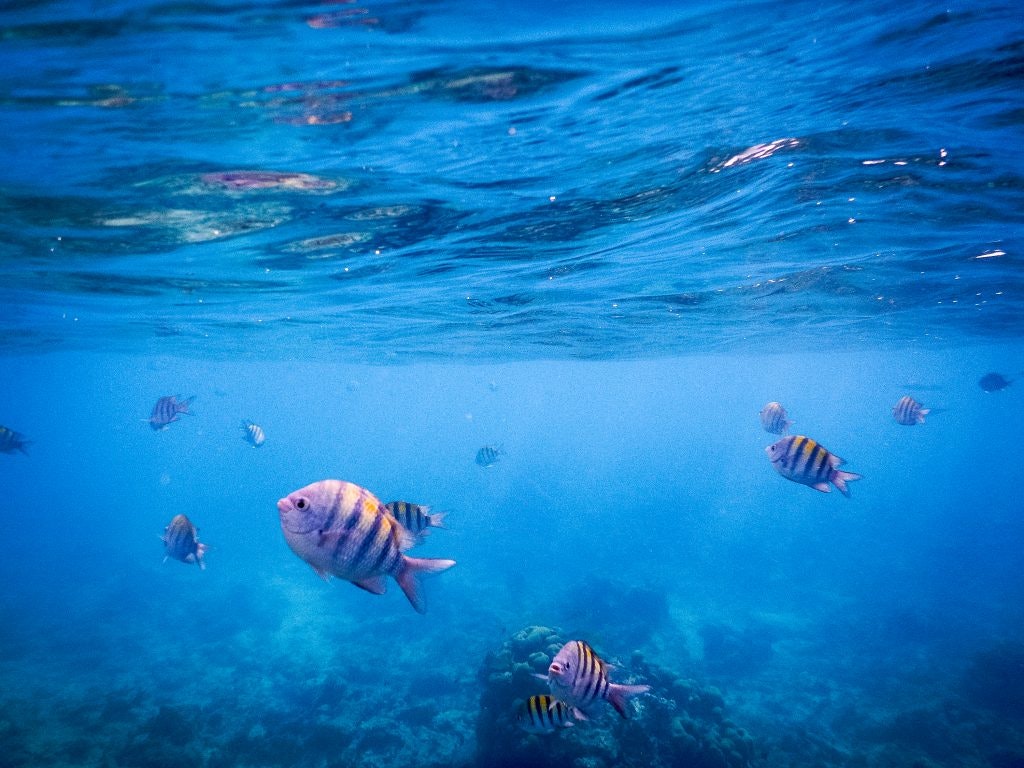The manatee population in the Dominican Republic
The Dominican Republic is home to the endangered Antillean manatee (Trichechus manatus manatus), a subspecies found in the Caribbean and Central America. These slow-moving animals are primarily found in the country’s coastal waters, particularly in protected areas like the Parque Nacional Jaragua and the Parque Nacional del Este.
However, the population of manatees in the region has been steadily declining due to a variety of factors, including habitat destruction, human interference and the effects of climate change. As a result, the manatee populations have been listed as vulnerable by the International Union for Conservation of Nature (IUCN).
Threats to manatees
The threats to manatees in the Dominican Republic are multifaceted:
- Habitat Loss: Coastal development and pollution have led to the degradation of the manatee’s natural habitats. Mangrove forests, seagrass beds and shallow waters, all essential for their feeding and breeding, are disappearing at an alarming rate.
- Boat Strikes: One of the most significant dangers to manatees is collisions with boats and ships. Manatees are slow swimmers and often do not have the speed to avoid approaching vessels, leading to serious injuries or fatalities.
- Fishing Gear: Manatees can also become entangled in fishing nets, which can lead to injury or death. The unintended capture of manatees, known as bycatch, is a serious issue that often goes unnoticed.
- Climate Change: Rising sea temperatures and changes in water salinity due to climate change can affect the availability of seagrass, a primary food source for manatees. Extreme weather events, such as hurricanes, also pose a threat to their habitats.
In the last several years it has become increasingly evident how quickly human behavior has damaged natural wonders that took thousands – or even millions – of years to flourish. But there is a lot of hope as the younger generation steps up to help.
Coral reefs and their vital role in marine ecosystems
One of the key goals of conservationists is to promote better practices among the public. These lessons include details on how to protect coral reefs that prevent land erosion and play a major role in the ecosystem.
Coral reefs cover less than 1% of the ocean floor but are home to an estimated 25% of all marine species. They only can form in areas with shallow warm waters like the Caribbean and areas of the coast of Australia.
The Dominican Republic has nearly 800 miles of coastline and the reefs along its shore provide food and protection for many fish and other sea animals.
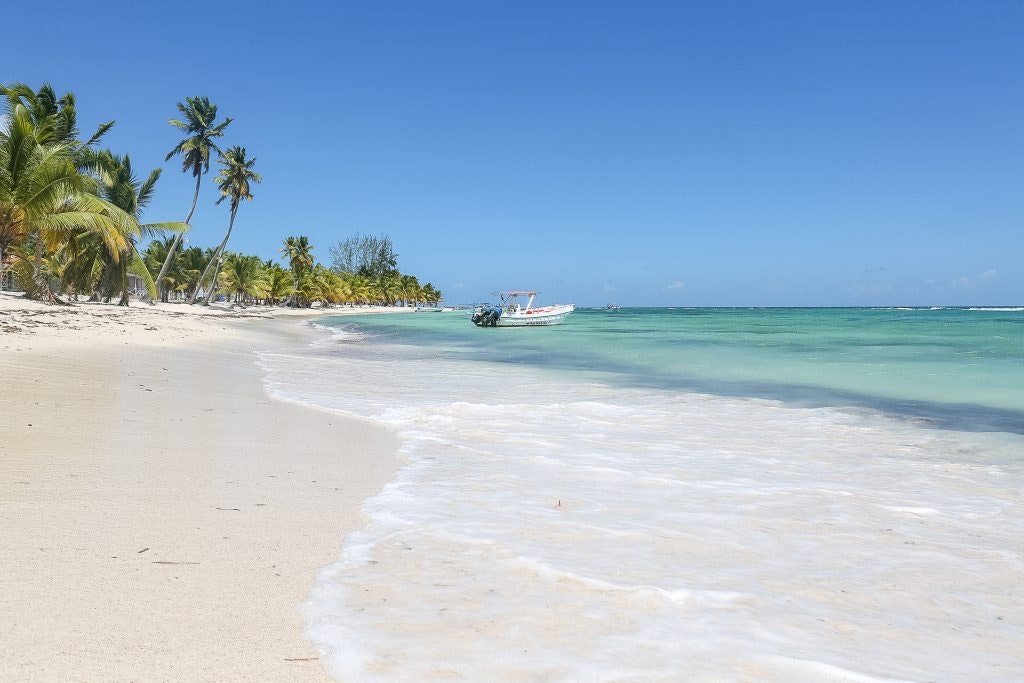
Photo: Rustic Pathways
Overall, it can take 10,000 years to form a coral reef. Some larger reefs are millions of years old. The reefs are formed when tiny, free-swimming corals attach to hard surfaces like rocks along the edge of islands or continents. Over time their skeletons build and new coral polyps live together on the surface in a symbiotic relationship with algae.
Some of the oldest reefs are barrier reefs and atolls. Barrier reefs border a shoreline but are at a greater distance than a fringing reef that comes directly from the shore. An atoll reef is formed when a volcanic island sinks, but the reef around it remains closer to the surface.
Climate change has hurt reefs since warming can damage the algae that the corals need to live. This can lead to bleaching that can kill the corals. Bleaching occurs when corals expel damaged algae causing the coral reef to turn white.
Other factors that can cause this problem include pollution that reduces sunlight exposure. In addition, coral reefs are threatened by many human activities. This can include people stepping on or touching fragile reefs and fishing equipment damaging them.
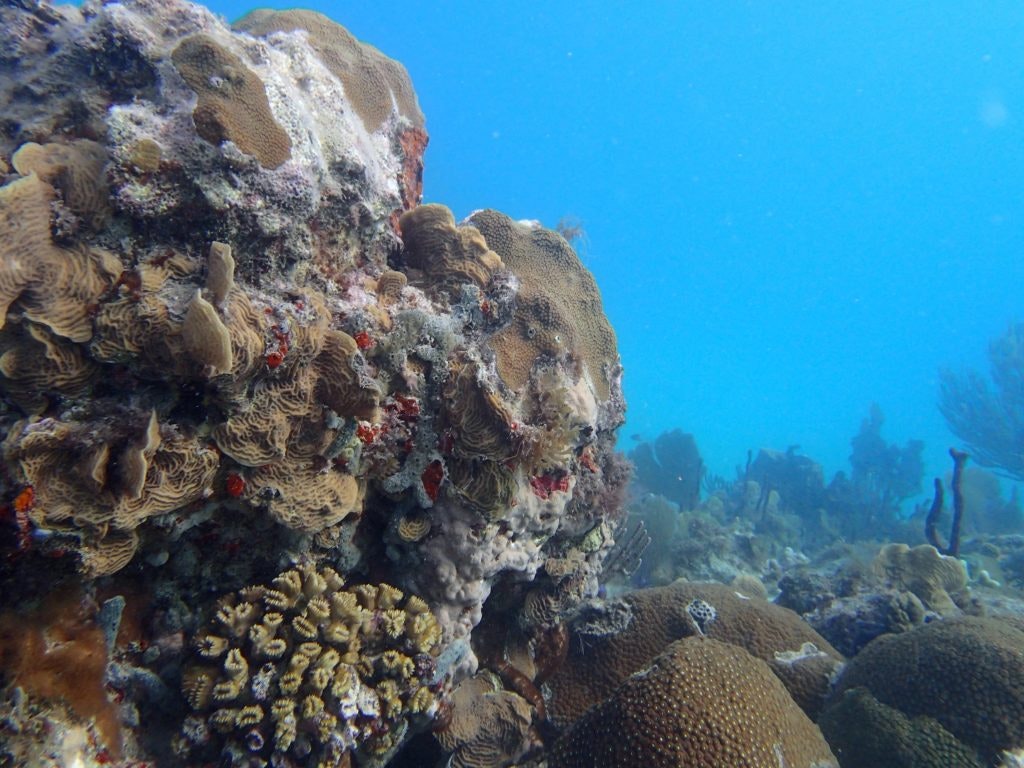
Photo: Rustic Pathways
They also need sea life like the parrot fish to essentially serve as lawnmowers for algae growth. Therefore, overfishing can cause problems for coral reefs. The Dominican Republic’s environment minister says 80% of Dominican Republic’s coral reefs are threatened by environmental pollution and overfishing.
The decline in the manatee population
Things haven’t been much better for manatees in the Dominican Republic; the role of human activity in the decline of the manatee population is quite evident.
For centuries manatees were hunted for food, medicinal purposes and craft projects. They also faced habitat loss and degradation as development progressed in the region. In addition, manatees too often are injured during boat collisions.
Manatees are adorable and playful aquatic mammals that are herbivores. They can only sleep underwater for about 20 minutes before they need to come up for air. That means their brains cannot completely rest while sleeping since a portion required for motor function needs to remain active.
Manatees are important to the ecosystem because they prevent vegetation from becoming overgrown and will eat invasive species. They also fertilize sea grasses and other aquatic vegetation.
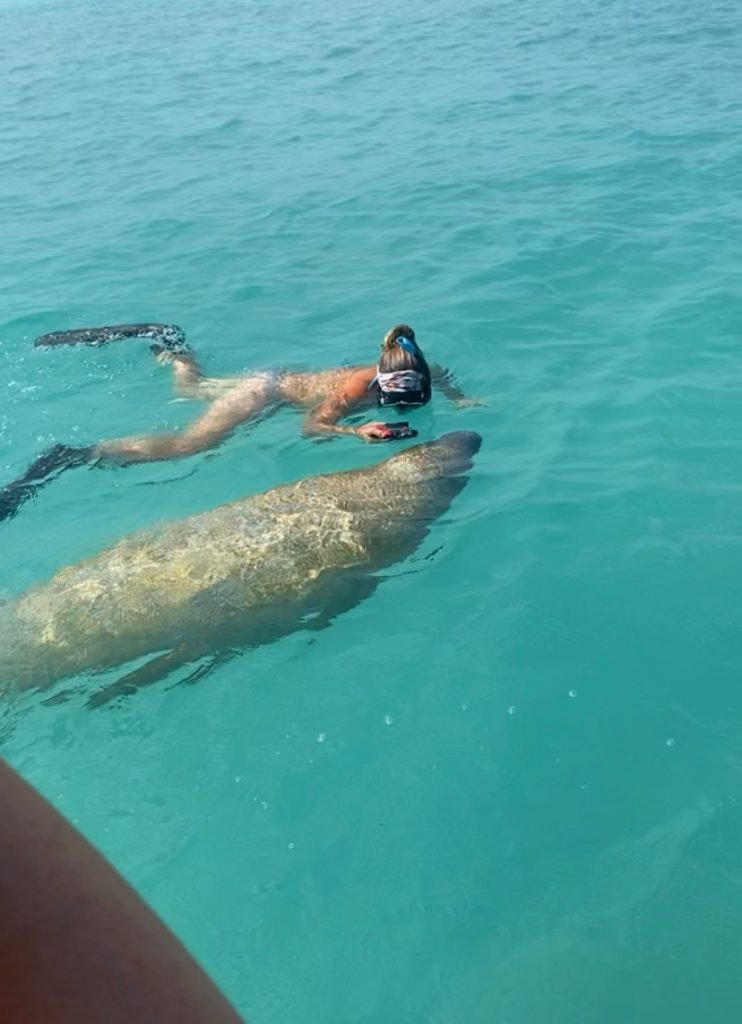
Conservation efforts to protect manatees
Laws to ban manatee hunting have helped the population grow, moving their status from endangered to threatened. Corals have benefited from more responsible practices both large and small. Ensuring travelers wear coral safe sunscreen is one of the easier initiatives.
Efforts to protect manatees in the Dominican Republic have been increasing, and both local and international organizations are working together to create sustainable solutions.
- Marine protected areas: The creation and enforcement of marine protected areas have been instrumental in safeguarding manatee habitats. These areas limit human activities, such as fishing and boating, to reduce disturbances to the manatees and their environment.
- Rescue and rehabilitation programs: Local conservation groups are actively involved in rescuing injured or stranded manatees. Rehabilitation efforts focus on caring for the animals until they are healthy enough to be returned to the wild.
- Public awareness and education: Educating the public about the importance of manatees and how to avoid harming them is key to their survival. Initiatives include workshops, campaigns and community outreach to raise awareness about responsible boating and fishing practices.
- Monitoring and research: Scientific research is critical for understanding the needs of the manatee population. Ongoing studies on manatee behavior, population numbers, and the health of their habitats are essential for informing conservation strategies.
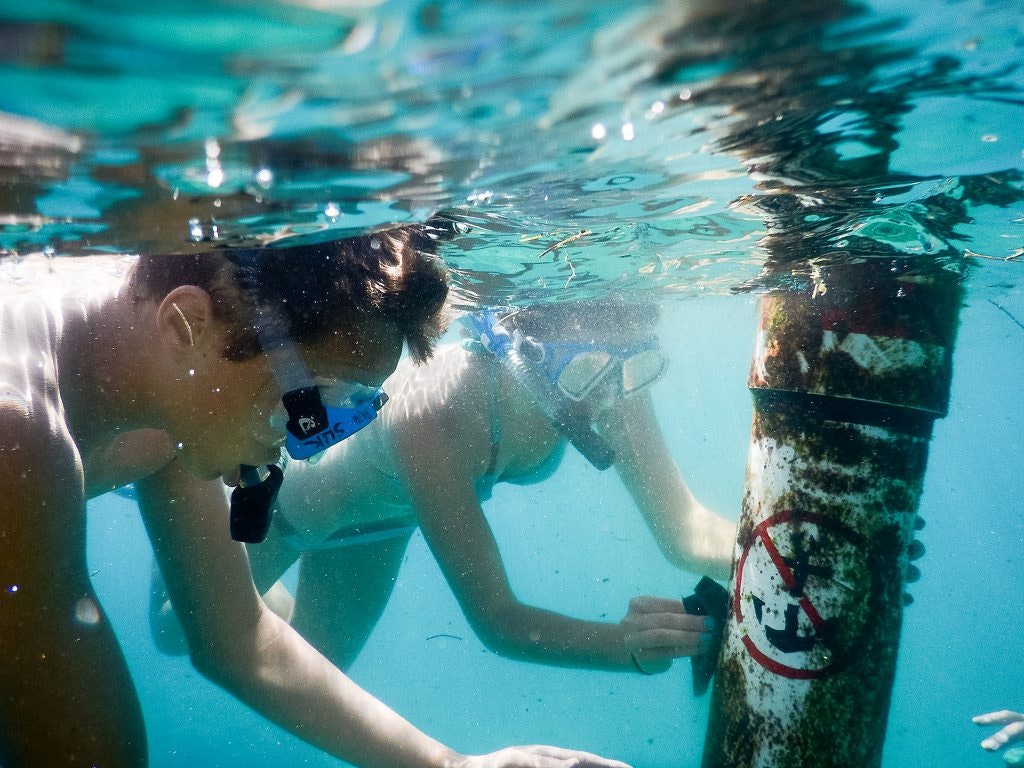
Get in the water to clean buoys and work on projects that encourage coral reef reproduction. Copyright: © 2016 Rustic Pathways
Rustic’s marine conservation program
Rustic students play an active role in marine conservation through hands-on projects. These include constructing reef restoration structures, monitoring coral growth, rehabilitating mangroves, cleaning up beaches and creating buoys to prevent damage to coral reefs. They also save sea turtle eggs and work to protect vital species like parrotfish, which are essential to the health of coral reefs.
Alumna Liv Woodruff who traveled on the program in 2019 says her student group slowly became a family as they learned about the local ecosystem and did what they could to foster environmental improvements.
“The boats we rode on and the turquoise blue waters became both our playgrounds and projects, as we attempted to do our part to save the ocean,” Woodruff said.
These kinds of experiences have helped make the marine program in the Dominican Republic one of the Rustic’s most popular animal life programs. Other marine-centered programs that are popular include Marine and Rainforest Conservation in Thailand and the Great Barrier Reef Dive Expedition in Australia.
Read more:
